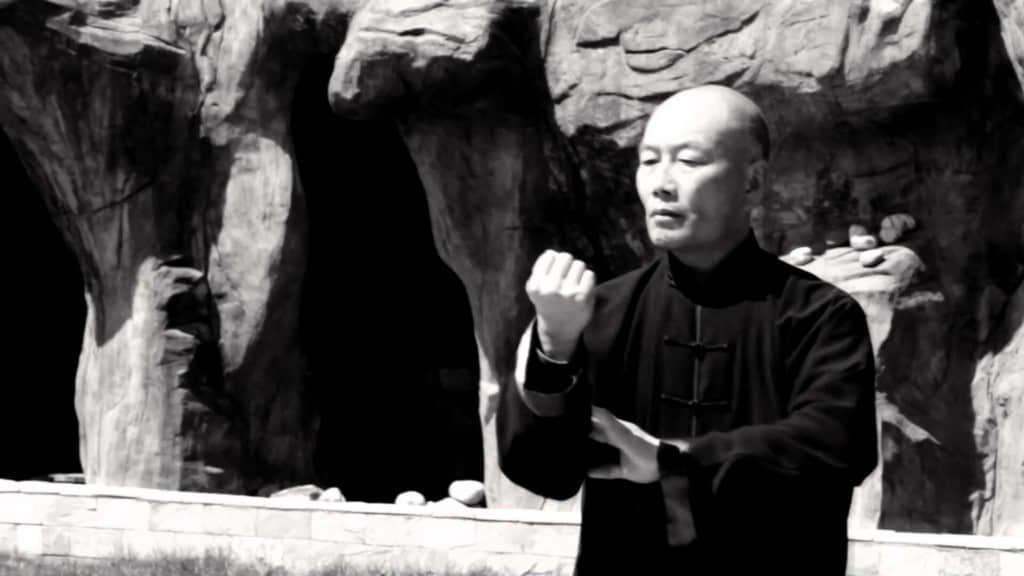Projector Kung Fu

In the Chinese language, the term kung fu (功夫) refers to any skill that is acquired through learning or practice.
A fundamental principle in many traditional martial arts is efficiency. “Efficiency” refers to the ability to achieve the maximum result with the least amount of energy spent. In actual combat situations, applying this principle can mean the difference between survival and defeat. Every movement matters, and failing to use energy wisely can lead to injury or worse. Fortunately, the stakes in modern society are not as high for most of us as we navigate our daily lives. However, for Projectors, this analogy remains significant.
As I’ve gone deeper into the Projector experiment, I’ve become increasingly aware of the necessity of managing my energy and collaborating with others more effectively. Much of this understanding has come the hard way, learning through challenging lessons by finding myself in compromised situations and realizing what did not work. Through observation and reflection, I am better equipped to recognize the patterns in my experiences and navigate the world more skillfully, interacting thoughtfully with others and my environment.
To begin with, I recognize that there have been times when I didn’t wait to be invited into a relationship. Due to conditioning (and possibly my own drives and urges), I initiated connections or attempted to act as a Generator, responding to whatever came my way without acknowledging who I truly was and the value I could bring to the situation. In these moments, I was operating from a place misaligned with my true frequency and how I can best navigate the world.
It’s been a process of first recognizing and then changing my habitual ways of relating. As a long-time martial artist, it feels like entering a new school or dojo and beginning to undo all the patterns of tension and holding in the mind and body. Learning to relax, stop fighting myself, and simply perform the movements of the form or practice.
This refining process can often take years, but with dedication and persistence, progress occurs, allowing one to eventually reach a point where movements happen and flow without thought. There is an experience of “what is,” unfiltered by the mind and grounded in the moment and one’s senses. This state is sometimes referred to as “mushin” or “no-mind” in traditional Japanese martial arts, and it represents a state of high efficiency within oneself. Our mind stops interfering with our movements, and we use only a minimal amount of tension or force in our actions.
Yet, this is not enough in the context of interacting with another person. It’s one thing to develop a greater degree of discipline and control over oneself and quite another to engage with someone who is a unique and complex (and often unpredictable) system that is dynamically moving through space. As Projectors, we are designed to absorb and integrate the energy of others. Our Projector nature is to merge with others; however, if we cannot remain centered within ourselves, we may find ourselves out of balance and at risk of being overwhelmed and knocked down.
Bringing this back to our Human Design experiment, we must truly ground ourselves in Projector strategy and our unique inner authority. By relaxing into our definition and true selves without excess tension in the body or fixating on any specific movement or object, we position ourselves better to engage with the energy of others without losing our sense of self.
Nothing is added in this exchange; we observe and engage with what exists — the energy that is already present. If we have an agenda or aim to “do something” to the other, we expose ourselves and create an opening that could potentially be used against us. Instead, we allow the other to make the first move (the invitation), and we respond in a way that helps us maintain our center and balance. It becomes a sort of dance where we can avoid harm to ourselves while also minimizing disharmony with the other.
Of course, we can come in swinging, looking for the knockout punch. This can be an effective approach if your punch is strong and the situation calls for it. However, it can also lead to a confrontation that you may or may not win, not to mention the potential energy expenditure involved. There’s an adage in martial arts: never back someone into a corner; instead, provide them with an escape. When we back someone into a corner, they often fight for their lives and use every tool, trick, or method they have to save themselves. We end up contending with a cornered animal who feels their life depends on it.
Another approach we see in martial arts like Jujutsu/Jiu-Jitsu (meaning “yielding or gentle art”) emphasizes that we should not confront an opponent’s energy directly with force. Instead, we learn to yield and blend with their energy while positioning ourselves so we cannot be thrown or injured.
We learn to move under the radar, avoiding the fight response that triggers alarms in others. We observe where they are and what they need and provide it to them in a supportive and loving manner. We disarm their resistance and eliminate the conflict from the exchange. Ultimately, we maintain our sense of dignity and purpose, allowing us to walk away from the interaction without feeling energetically or physically compromised. This method may not resemble martial arts as we typically conceive of them, but it exists, and there are individuals in the world who excel at it.
In the classic treatise on martial arts, The Art of War, Sun Tzu states, “The greatest victory is that which requires no battle.” This lesson is illustrated in the story of two high-level martial arts masters poised to engage in combat, each instantly aware that one has the upper hand. From an onlooker’s perspective, nothing has occurred, but both know the battle is already decided.
This represents the highest form of martial arts: winning without fighting. However, it isn’t a grand display of ego like two primates beating their chests; it’s rooted in decades of practice, sophistication, and refined skill in martial combat, as well as effective interaction with others. It may also demonstrate ultimate efficiency with minimal energy expenditure.
To summarize, here is a straightforward overview of the general steps in the Projector Kung Fu process as I see them:
First, we need to stop engaging in unproductive behaviors. These actions create unnecessary resistance and obstacles in our lives, draining our energy and hindering our success in whatever we pursue. In Human Design, this means following our Strategy and Authority.
Then, we start to do the right things and practice them until they become a natural and automatic part of who we are and what we do. These actions align with and advance our aims. We invest in and focus on what truly matters and reflects our authentic selves. We learn to truly see and acknowledge how energy works within ourselves and our relationships, and we strive to become more skillful in managing it all in the context of our daily lives.
By taking these two steps, we free up more of our attention to focus on even greater possibilities. With time and practice, we find ourselves in a new place with new abilities, enabling us to see even more. We navigate the world with purpose and alignment with our true selves, experiencing the success we are meant to have as Projectors.

